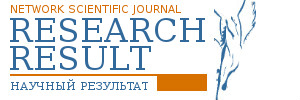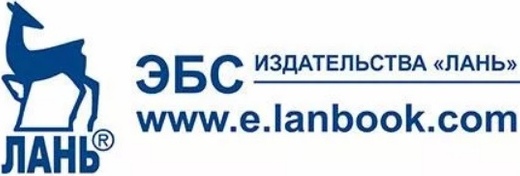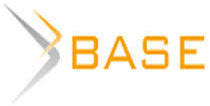DOI:
10.18413/2313-8971-2021-7-2-0-2
New approaches to managing the Internet-Based StudentEngagement Technology
The article presents the findings of a study on managing the Internet-Based Student Engagement Technology. It shows that this process is successfully carried out through the competence approach, which corresponds to one of the priority directions of informatization of secondary general education. The management of the learning engagement process is based on the call to action, the organization of the action itself, and the feedback. Organizing feedback in engaging learning is based on formative assessment, which helps the teacher to get information about how well their students are learning. The most important component of the educational process and the experience of the teacher is the competent use of technology to involve the students in Internet service-based learning. Visual storytelling and gamification with the main approaches contribute to this process of involvement in learning: quick response (allows to organize feedback in no time), status marathon (helps to increase learning motivation), simulated discovery (allows to organize the learning process effectively), surprise (interesting presentation of educational material), wow-effect (a learning tool that helps to cause an emotional response). Guided by these approaches to the effective use of technology to engage students in the learning process with the help of Internet services, we used a diagnostic technique for learning motivation and emotional attitude to the process of learning, the results of which are justified in the findings. The study results determined positive dynamics and confirmed the hypothesis that techniques for involving students in the educational process, which is based on the use of Internet network resources considerably increases the educational and cognitive motivation and successful emotional attitude of learners towards the learning process.
Keywords: information technology in education,
information technologies in school students' training,
Internet services in training,
gamification,
storytelling,
techniques for involving in the learning process.
Number of views: 1894 (view statistics)
Количество скачиваний: 6827
All journals
Send article
Research result. Pedagogy and Psychology of Education is included in the scientific database of the RINTs (license agreement No. 765-12/2014 dated 08.12.2014).
Журнал включен в перечень рецензируемых научных изданий, рекомендуемых ВАК (категория К2)

















While nobody left any comments to this publication.
You can be first.